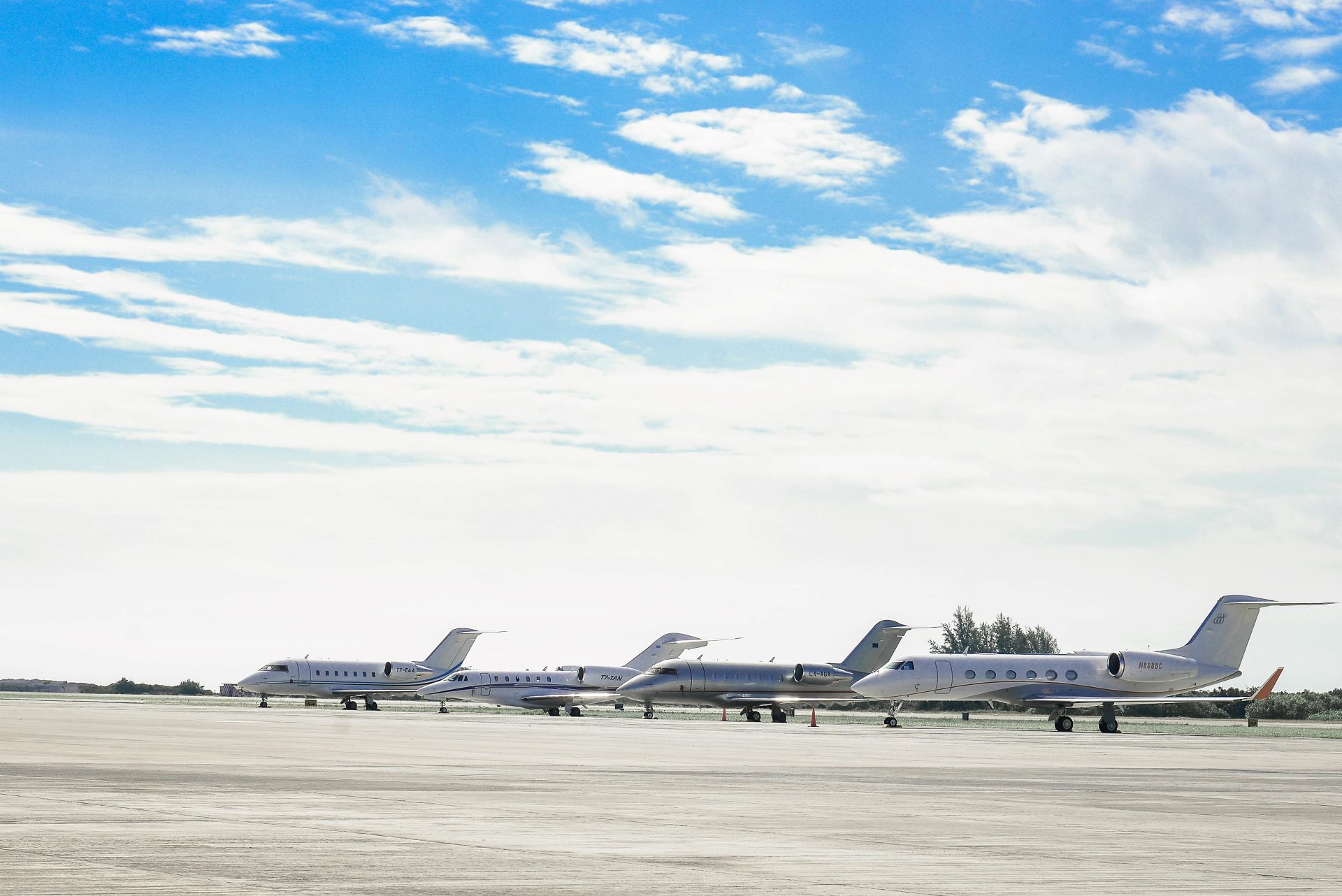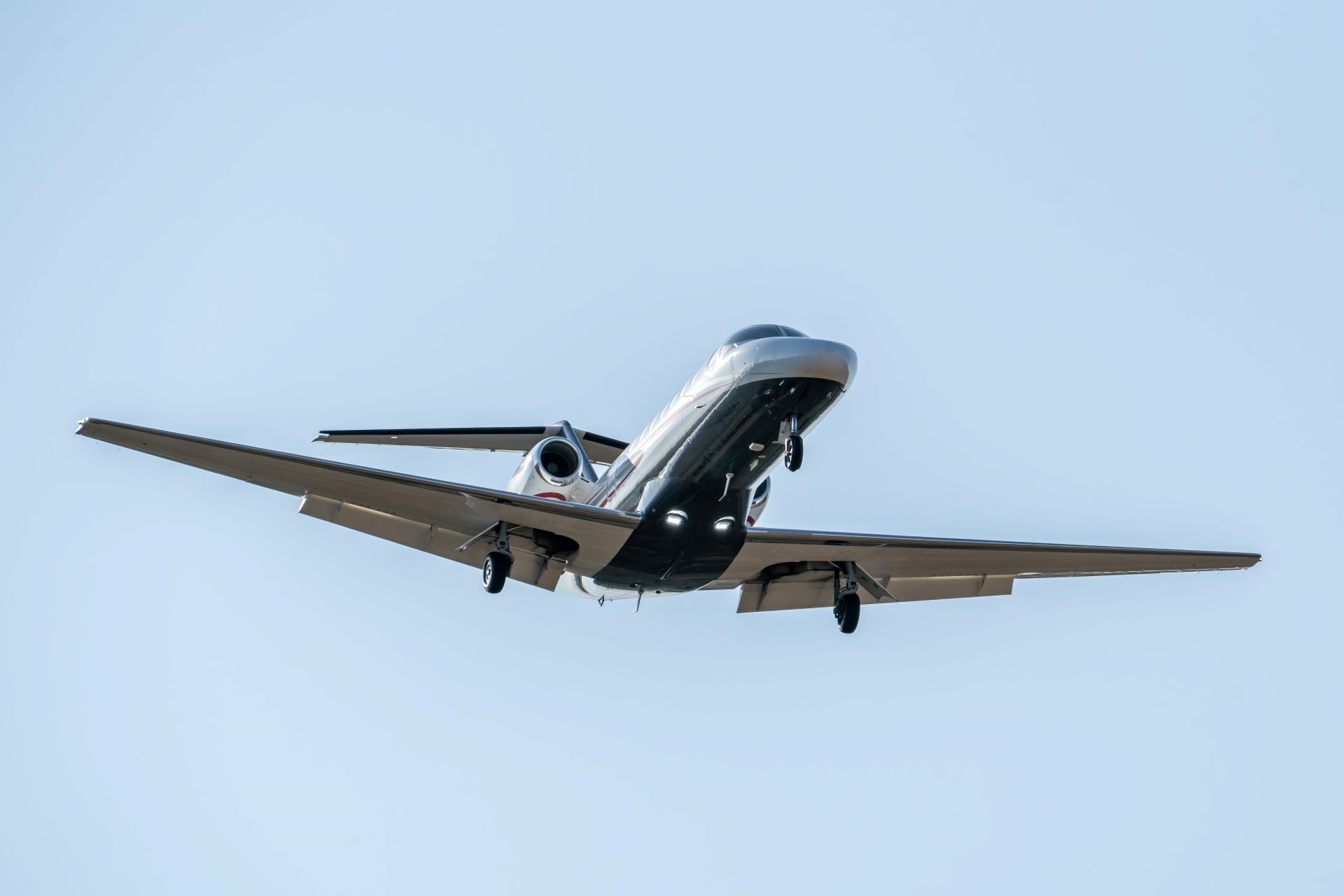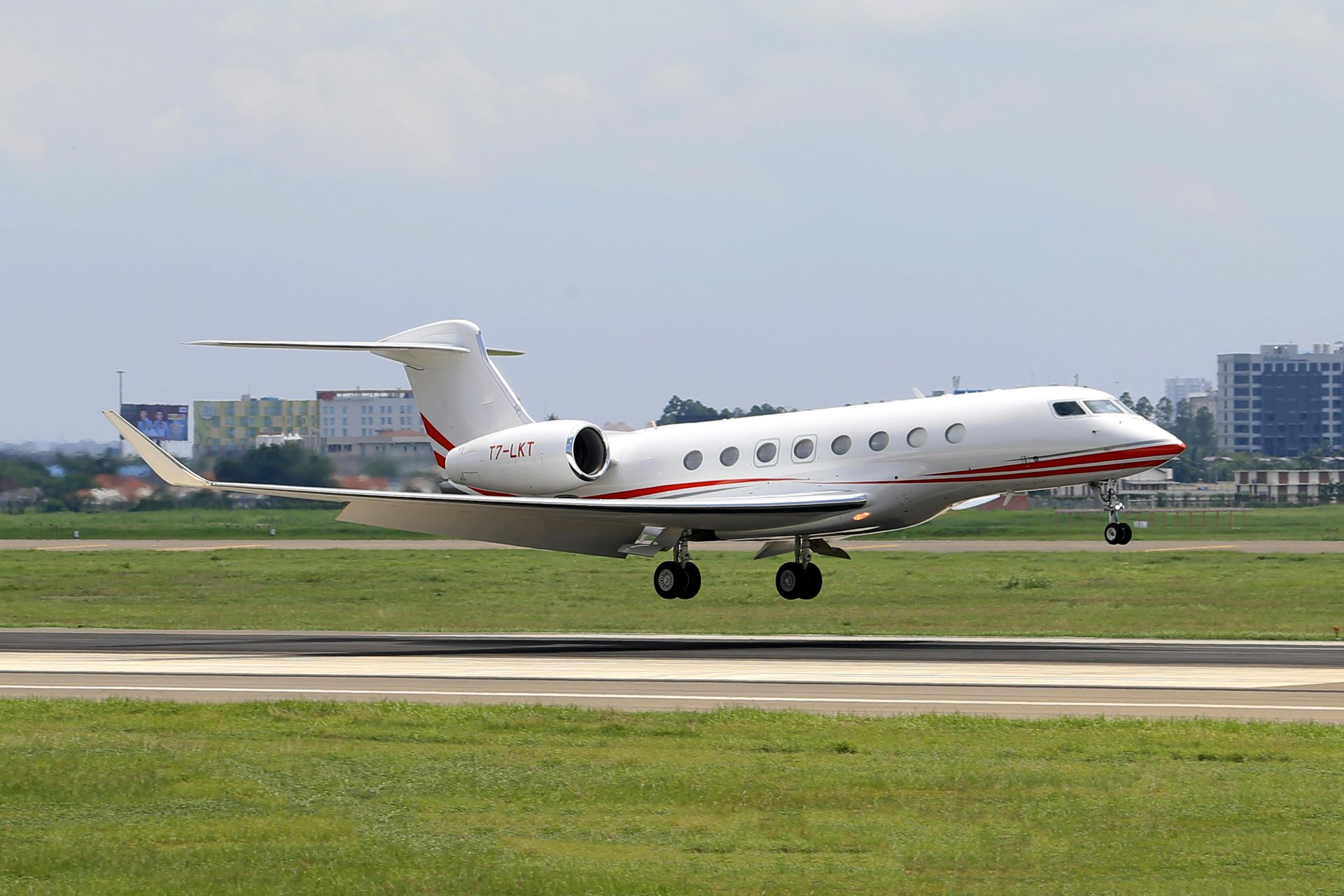More Than a Flight – The Brand Journey Begins Before Takeoff
When most people think about the relationship between air travel and tourism, their minds turn to flight routes, ticket prices, and onboard comfort. Yet, beneath these practical considerations lies a subtler, far-reaching dynamic: airline branding. An airline is more than a transportation provider; it is often the first emotional and sensory contact a traveller has with a destination. From colour palettes that reflect national identity to advertising campaigns that evoke a sense of place, airline branding quietly shapes how people imagine — and later experience — the places they visit. In an increasingly competitive global travel market, the way an airline positions itself can decisively influence a traveller’s perception of the destination it represents.
The power of branding is that it works on both conscious and subconscious levels. A slogan might explicitly connect a carrier to a country’s values or natural beauty, while the cabin crew uniforms, menu selections, and entertainment programming whisper subtler cultural cues. Together, these create an immersive prelude to the trip itself — and sometimes even redefine expectations entirely.

The Psychology of Branding in Travel Contexts
Airline branding sits at the intersection of two psychological forces: the allure of travel and the trust in a service provider. Travel branding draws heavily on aspirational imagery — turquoise seas, vibrant city streets, rolling countryside — but an airline’s branding must go further, establishing both emotional resonance and operational credibility. The traveller must believe that the journey will be both inspiring and seamless.
Brand psychologists note that when a brand is strongly associated with a place, it can transfer qualities from the destination to itself, and vice versa. A luxury-oriented airline like Emirates, for example, reinforces perceptions of Dubai as a high-end, modern, and cosmopolitan hub. Meanwhile, carriers with a more adventurous or casual tone — think of Air New Zealand’s playful safety videos — foster the idea of a laid-back, humorous, and approachable country. This transference is powerful; for many travellers, their feelings toward a destination begin forming the moment they choose an airline.
National Identity and Cultural Projection
National carriers have long been ambassadors of their home countries. The aircraft itself becomes a moving emblem, adorned with national colours, cultural motifs, or symbolic imagery. For many travellers, stepping onboard a national airline feels like crossing an invisible border, entering a curated representation of the country they’re flying to.
Take Singapore Airlines: the “Singapore Girl” icon, introduced in the 1970s, has become synonymous with refinement, attentive service, and Asian hospitality. The traditional sarong kebaya uniforms, coupled with the airline’s meticulous service rituals, set the tone for what visitors might expect from Singapore — orderliness, elegance, and cultural grace. Similarly, Ethiopian Airlines’ branding highlights Africa’s rich heritage, its tagline “The New Spirit of Africa” suggesting both tradition and a forward-looking vision.
These brand identities serve a dual function. They market the airline as a desirable travel choice and subtly influence global perceptions of the home country, especially among those who may never set foot there but still interact with the brand through advertising or industry presence.
Destination Branding and Airline Co-Creation
Airlines often collaborate closely with tourism boards to align branding strategies, creating unified messages that amplify both the carrier and the destination. This symbiosis ensures that the narrative a traveller sees on a billboard in London or a TV ad in Tokyo carries through to their in-flight magazine and the post-landing experience.
For instance, Qantas’ long-running “Spirit of Australia” campaign does more than advertise seats; it integrates Australian landscapes, cultural icons, and lifestyle imagery. This harmonised storytelling means that by the time a passenger lands in Sydney or Melbourne, their mind is primed with images of sunlit beaches, open spaces, and friendly locals. In this way, the airline becomes a strategic extension of the country’s tourism marketing.
The reverse is also true: poorly aligned branding can create a jarring disconnect. If an airline promises luxury and sophistication but the destination’s infrastructure or hospitality industry is inconsistent, travellers may feel let down — a mismatch that affects both airline reputation and destination appeal.
Visual Identity and Symbolic Messaging
Visual branding is among the most potent tools in shaping destination perception. The choice of colour, logo design, livery patterns, and even typography can evoke a country’s history, geography, and cultural tone.
Consider Air Tahiti Nui’s aircraft livery, which incorporates motifs inspired by Polynesian tattoo patterns and the turquoise blue of the surrounding Pacific Ocean. Before a passenger even boards, the plane itself becomes a floating postcard. Similarly, Icelandair’s aurora-inspired liveries tap into the nation’s most famous natural phenomenon, building intrigue and desire to witness the spectacle in person.
In the cabin, the branding continues. Tray linens, menu covers, seat fabrics, and crew attire all reinforce a cohesive image. This continuity fosters trust — travellers feel that the airline has a strong identity, and by extension, that the destination is equally well-defined.
The Role of Service Style in Cultural Signalling
Branding is not only what is seen but what is experienced. Service style, onboard rituals, and even crew demeanour contribute to shaping perceptions. Japan Airlines, for example, embodies omotenashi — the Japanese philosophy of selfless hospitality. From the measured politeness of greetings to the precise presentation of meals, every element reinforces Japan’s reputation for courtesy and detail.
Similarly, Hawaiian Airlines integrates elements of Hawaiian culture into its service model. Passengers are welcomed with a traditional “Aloha” greeting, and in-flight entertainment includes Hawaiian language lessons and cultural documentaries. These experiences help travellers feel a connection before they set foot on the islands, deepening their emotional investment in the destination.
Advertising Narratives and Pre-Travel Expectations
Airline advertising campaigns are a critical point of influence, shaping pre-travel expectations. British Airways’ famous “To Fly. To Serve.” slogan taps into heritage, reliability, and a sense of dignified service, aligning with perceptions of British tradition and understated sophistication. These campaigns often feature cinematic depictions of iconic landmarks, subtly positioning the airline as the best — or most authentic — way to experience them.
In contrast, some carriers lean into aspirational or transformative messaging. Turkish Airlines’ “Widen Your World” campaign emphasises the vastness and diversity of destinations accessible from its Istanbul hub, reframing the city as a bridge between worlds. Here, the branding not only markets the airline but reframes the way travellers think about Turkey itself.

Premium Branding and the Luxury Destination Effect
When an airline successfully positions itself as premium, it can elevate the perceived exclusivity of a destination. The lavish first-class suites of Emirates or Singapore Airlines, complete with fine dining and private cabins, do more than offer comfort — they signal that the journey itself is a luxury experience. This reinforces the idea that the destination is one worth arriving at in style, potentially attracting a higher-spending tourist demographic.
Such positioning can have tangible economic effects. Luxury travellers tend to spend significantly more in-destination, from five-star hotels to high-end retail and dining. Thus, a strong premium airline brand indirectly benefits the tourism industry by setting a tone of indulgence before travellers even arrive.
Regional and Low-Cost Branding: Accessibility and Approachability
On the other end of the spectrum, low-cost carriers often shape perception by making destinations feel accessible and unpretentious. Ryanair’s utilitarian branding signals affordability and function over luxury, aligning with short-break, budget-friendly European travel. Similarly, Southwest Airlines’ “Low fares. Nothing to hide.” slogan reinforces the idea of transparency and no-frills fun, which resonates with travellers seeking casual, friendly destinations.
These brands democratise travel, breaking down psychological barriers that might keep certain destinations perceived as “too expensive” or “too far away.” By making the journey feel easy and approachable, they encourage a broader spectrum of travellers to explore.
Branding Consistency Versus Adaptation
A perennial challenge for airlines lies in balancing global brand consistency with local adaptation. International travellers may appreciate a brand’s uniform identity across continents, but domestic markets might respond more favourably to campaigns tailored to cultural nuances. For instance, Air France maintains a sophisticated, fashion-forward brand identity globally, yet its domestic campaigns often highlight family travel or regional gastronomy, ensuring that the brand resonates on multiple levels.
When this balance is struck successfully, the airline becomes a flexible but recognisable bridge between cultures. However, inconsistency or over-localisation can dilute the brand, undermining both the airline and the destination’s perception.
Crisis Management and Brand Resilience
Branding also plays a role in how destinations recover from crises. When geopolitical events, natural disasters, or pandemics disrupt tourism, airlines can act as visible symbols of resilience. A well-respected airline that continues service — or is among the first to resume — can reassure travellers about safety and stability.
After the 2011 earthquake and tsunami in Japan, All Nippon Airways (ANA) launched campaigns that emphasised recovery, cultural pride, and safe travel, helping to restore both domestic and international confidence. In such contexts, the airline is not merely a carrier but a partner in rebuilding the destination’s reputation.
Digital Branding and the Social Media Multiplier
In the digital era, branding extends beyond traditional advertising into the realm of social media, influencer partnerships, and user-generated content. Airlines now use Instagram-ready imagery, YouTube mini-documentaries, and TikTok campaigns to spark interest not only in their services but also in the destinations they serve.
KLM Royal Dutch Airlines, for example, has leveraged social media storytelling to promote both the Netherlands and its global network. Their campaigns often combine practical travel tips with evocative imagery, encouraging users to share their own experiences. This social validation deepens trust and creates a participatory narrative that further enhances destination perception.
The Interplay of Airline Alliances and Destination Appeal
Airline alliances — such as oneworld, Star Alliance, and SkyTeam — extend the reach of branding. A passenger booking a codeshare flight may encounter multiple brands in a single journey, yet the alliance’s unified identity can create a sense of seamlessness. For destinations in emerging markets, alignment with a well-known alliance can lend credibility and raise the profile of the location.
For example, when Fiji Airways joined oneworld connect, its branding began appearing alongside major global carriers, enhancing Fiji’s visibility on the world stage. This alignment positioned Fiji not only as a tropical holiday destination but as a connected, accessible point in a global network.

Branding as a Gateway to the Destination
Airline branding is a sophisticated form of cultural storytelling. It bridges the gap between imagination and reality, inviting travellers into a curated vision of the destination before they even check in. Whether through national pride, luxury positioning, or playful accessibility, airlines wield the power to shape expectations, influence spending behaviour, and even redefine how a place is understood.
As global tourism competition intensifies, the most successful airlines will be those that master the art of aligning their brand identity with the essence of their destinations. In doing so, they not only secure their own market share but also become integral architects of a destination’s international reputation — flying far beyond the role of mere transport into the realm of cultural ambassadors.
